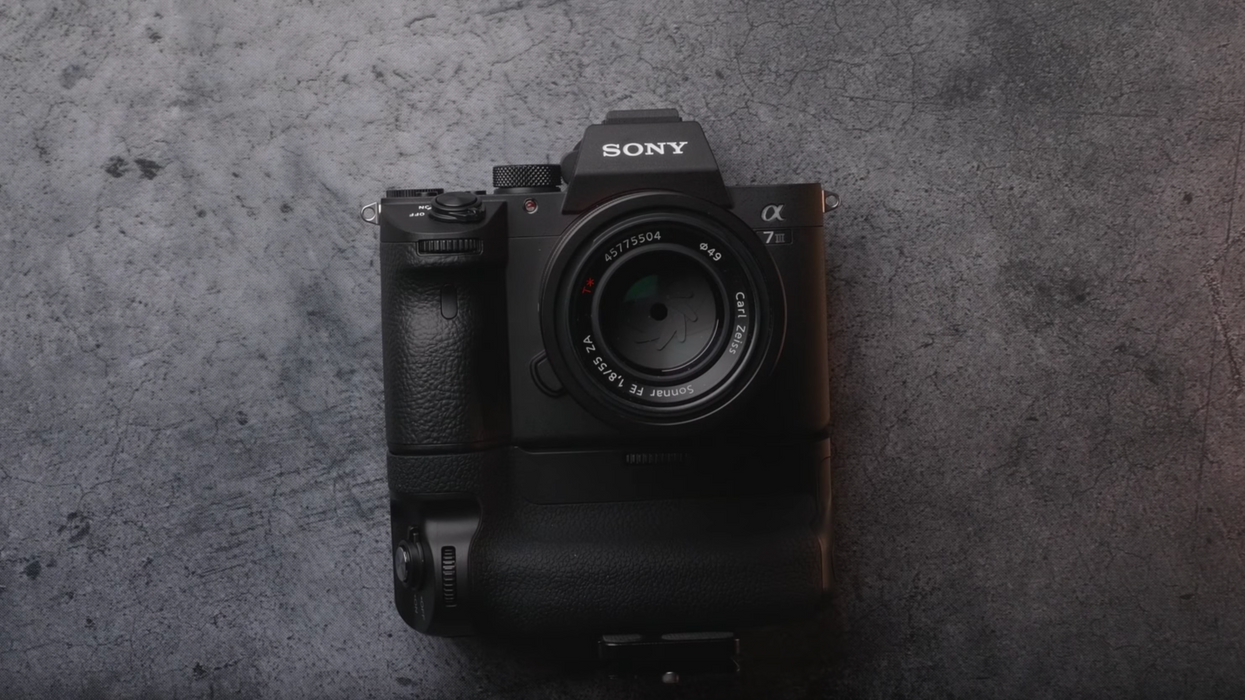10 Things You Should Do to Your New Camera Before You Shoot
You just got a new camera? Sweet! But before you go out and shoot, you might want to do these 10 pretty boring things.

There's nothing quite like the feeling of bringing home a brand new friggin' camera. As you carry that sweet li'l thang over the threshold, I know the first thing you'll want to do is get it out of that packaging, run your hands over its smooth, beautiful body, and just go to town, but don't. A good camera is like a diesel engine; you can't just take it out and expect it to be ready to go when you are. You need to warm it up first. In this helpful video, Caleb Pike of DSLR Video Shooter goes over ten things you should do before shooting with a new camera to ensure that it's primed to capture the images you want.
Since I've already reached my allowance of innuendo for the month, let's just get down to business. There are a lot of things you probably don't know about your new camera, whether you personally purchased it or are renting it, including all of its menu options, ISO limit, and picture profiles. Furthermore, there are several of your camera's settings and features that you'll want to customize to fit your needs so you're not scrambling on set.
- Get the manual: Learn. Everything. About. Your. Camera. Read that manual from cover to cover, my love. If you don't have a physical copy of it for some reason, you can usually download it off of the manufacturer's website.
- Look at every menu item: Literally, go through every single menu item to make sure you know about all of your camera's features and tools. You might be surprised by what you find.
- Customize: Set your camera up in a way that makes sense to you. Most newer cameras let you customize the menu and button layout.
- Double check SD cards: Make sure you have the right memory cards for your camera. Plain and simple.
- Run an ISO test: It's so incredibly important to know a camera's limits. Give yours an ISO test; look for noise and color shifts as you crank that ISO up.
- Test picture profiles: Some picture profiles are temperamental, so make sure you know if the ones in your camera are good to shoot on.
- Get some gear: A camera on its own is great, but you might want to deck it out with all the pretty necessary bells and whistles, like a camera cage, extra batteries, and a screen protector
- Calibrate the monitor: Even if you're not going to be doing a whole lot of monitoring on your camera's monitor, you'll still want to make sure that it's properly calibrated. And turn off auto-brightness.
- Test the exposure: Know how your exposure changes based on different shooting situations, as well as different picture profiles.
- Do a mock shoot: Finally, go out and take your camera for a mock shoot. Pretend you're shooting a project for a client (or whatever you'll be primarily shooting) and see how your camera behaves. Test out all of the different features and tools that it has to offer, too.
What are some other important things to do before you go out and shoot with a new camera? Let us know down below!
Source: DSLR Video Shooter











